The posthumous solo exhibition of the artist Igilik Kulbayev has become a great discovery for Kazakh painting, the correspondent of Art of Her reports.
Igilik Kulbayev (1946 – 2022) was a Kazakhstani artist, born in 1946 in Southern Kazakhstan, in the mountainous Chimgan village. Graduated from the Tashkent Theater and Art Institute named after A. N. Ostrovsky. In 1972, he moved to Almaty and became a teacher at the N. V. Gogol Art School, where he worked almost all his life. In 1990, he passed advanced training at the Leningrad Institute of Painting, Sculpture and Architecture named after I. E. Repin. During his studies there, he took part in art practices in Tallinn, Vilnius and Riga.
Igilik Kulbayev was a very private person with a complex character, refused public appearances and interviews. However, he still took part in collective exhibitions, but this was caused by labor necessity during the teaching period. Unfortunately, a personal exhibition during the artist's lifetime did not work out.
"My father had a "thorn" character. When I was more mature, I tried to sanctify his activities, but he was against it. The answer is banal: "after my death, the paintings will become more expensive." This is a complete self–sacrifice to art, a cause that you love," said the artist's son Abai Kulbayev.
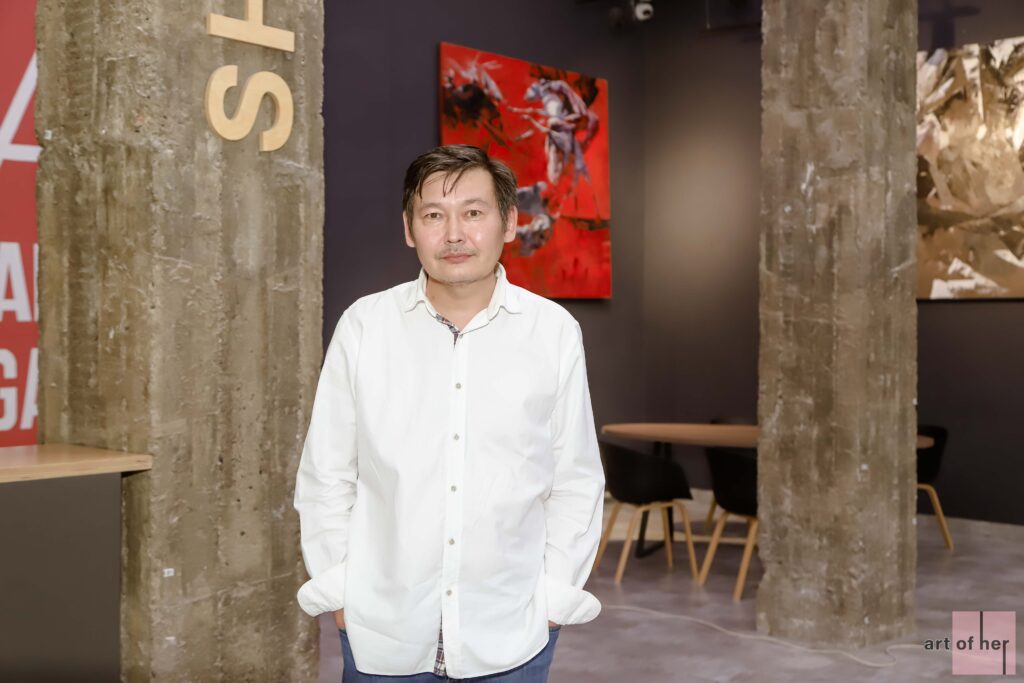
The formation of the artist fell on the era of the thaw, with its hopes for freedom and renewal. The generation of the Sixties is changing pictorial meanings and forms, the pictorial language itself. Painting is then understood as an allegory, as a kind of cipher. Conventionality, decorativeness, flattening of the figures and the space of the painting, the nakedness of artistic techniques leads to a special symbolic expressiveness, brings painting closer to philosophy.
"He is a great artist of the museum level. A real philosopher. I didn't know him personally, but I listened to the stories of his students. This exhibition is not a walk–through, it is an exhibition for those who love real painting. Igilik Kulbayev's painting is a common style of the Sixties. Artists are no longer interested in depicting painting as reality, painting as an imitation of nature. They will no longer imitate nature, they convey their impressions. Igilik shifts reality into the language of signs, meanings. This is an allegory, something hidden, hidden," Olga Baturina, Candidate of Art History, shared.

The main genre of Igilik is - landscape. For the artist, this is not just an image of nature, but an experience of his place on Earth as the most beautiful, heavenly. Igilik Kulbayev's works are about the epic, ancient, eternal. He does not work out the details, leaving the purity of the canvas and incompleteness as a perspective, as a sign of freedom. The compositions of his paintings are calm and balanced, the color is soft, complex, multi–layered. Igilik Kulbayev is a surprisingly subtle colorist: with the help of color, he is able to express the most complex states of the human soul, the most acute experiences of the connection of man and nature, for him they are inextricably linked, for him they are a continuation of each other.

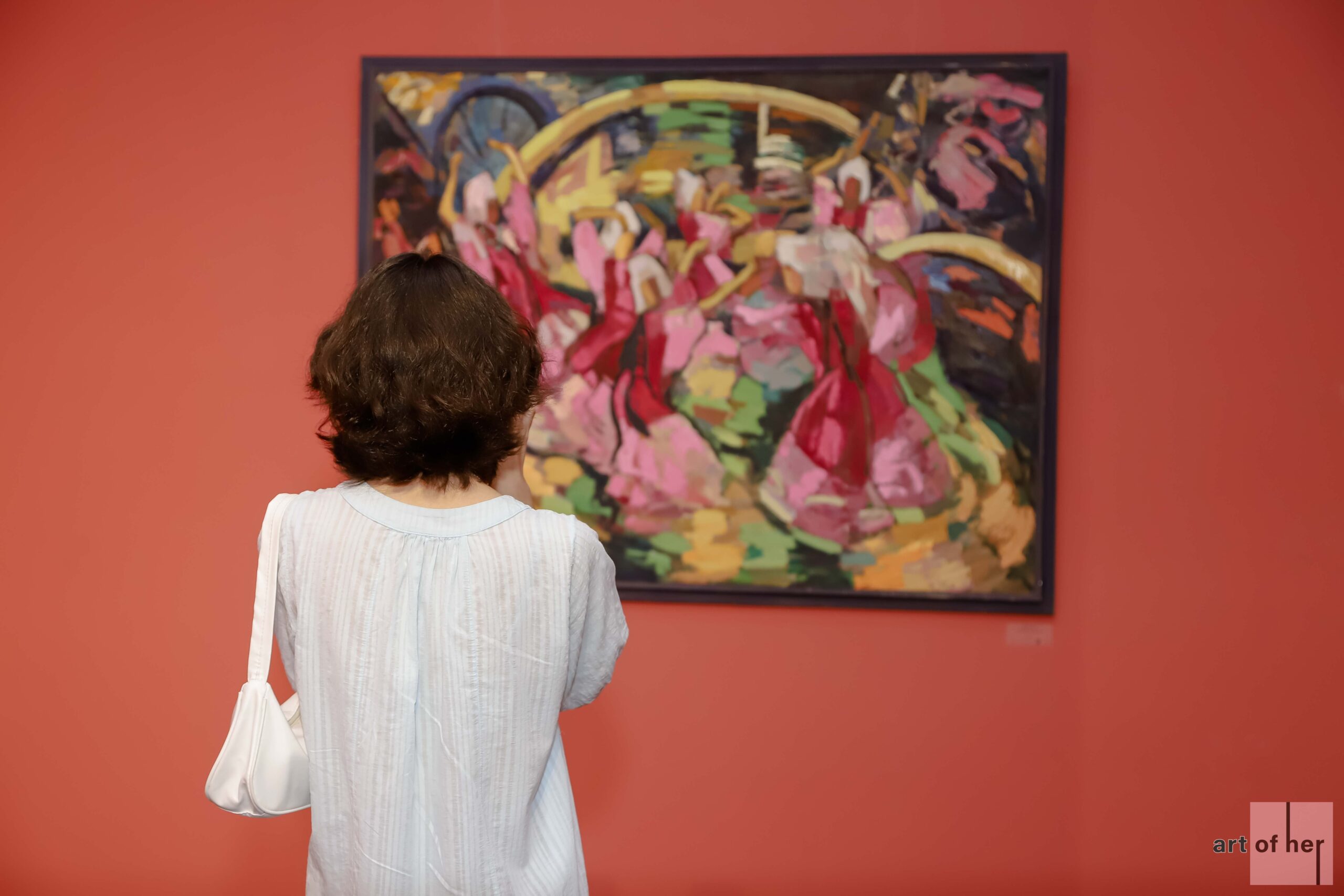

During his lifetime, about 300 different-format works in oil and graphics have gathered in Igilik Kulbayev's workshop, not counting an infinite number of sketches. This is an impressive collection of works of art that almost no one has seen. As it turned out, all of them were not stored in proper condition and require professional cleaning. In addition, according to Abai Kulbayev's preliminary assessment, about 7 of the artist's works were stolen.
"If you have seen, they have darkened. The color needs to be restored. Some works, in addition to cleaning, need to be additionally restored. Because Igilik canvases were very often not primed, because of this, the paint adhesion to the surface is very poor. In addition, improper storage and transportation. A lot of works are damaged," said Anastasia Efremenkova, curator of the exhibition.

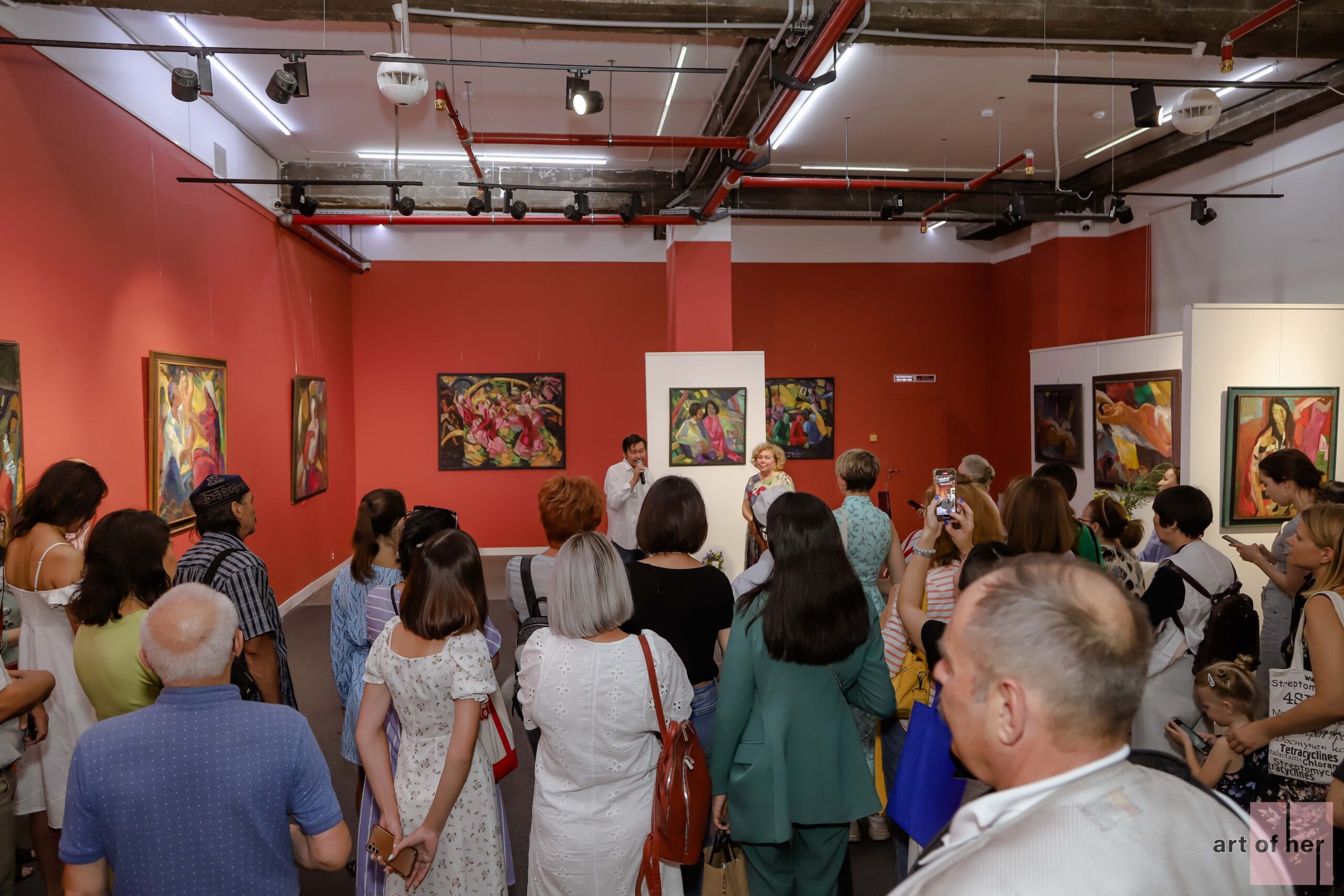

The personal exhibition-opening of the great artist "Zhantak" was held thanks to the son of the artist – film director Abai Kulbaev, artist Asia Fatkullina, art critic Olga Baturina and curator Anastasia Efremenkova. It should be noted that for Anastasia, the exhibition of Igilik Kulbayev became her debut as a curator.
"I wanted to show the periods of the artist's development, and not some stages of his life, but some general features of his work," Anastasia shared.
A total of 38 works were presented at the exhibition. In the future, they plan to organize a wider exhibition of the artist, possibly within the walls of the A. Kasteev Museum.
"Most of the works have been digitized. Initially, we selected 100 out of 300 works. We have selected 38 of them for the exhibition. The further fate of the paintings is in the hands of Anastasia Efremenko, she is the manager of this project and will be engaged in auctions, exhibitions, so that as many people as possible know about it. A special room for storing all the works has already been rented," said artist Asia Fatkullina.

Igilik Kulbayev is our contemporary who chose the path of silence and freedom during his lifetime. During his career, he not only painted a large collection of paintings, but also trained many contemporary artists of Kazakhstan. Igilik left a great legacy, and the artist's name has already entered the history of Kazakh painting.
The exhibition "Zhantak" takes place in Almaty Gallery from July 08 to July 24, 2022.
Address: Almaty Gallery, Almaty, Dostyk ave., 44.
Working hours: Tue-Sun 11.00 — 19.00
Admission is free.



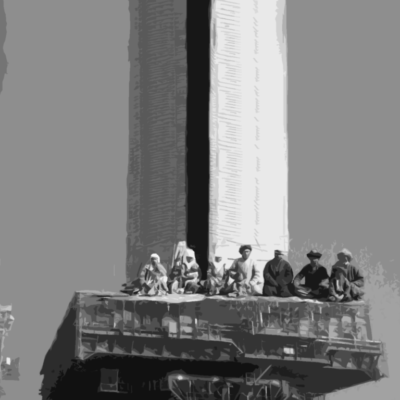
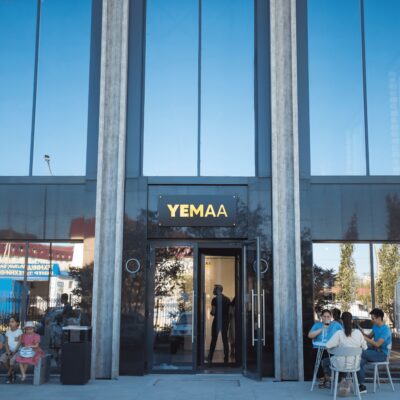

Cultural enrichment: a new educational project opens in Atyrau
ANNOUNCEMENT! Onermen Kezdesy: the second meeting of experts with young figures of the art industry